Tag: Spider
-

Tarantula Facts For Kids | Anatomy, Diet, Habitat, Behavior
The tarantula is a group of hairy arachnids belongs to the family Theraphosidae. Scientists have identified 900 spider species to date. Tarantulas are not thought to be venomous to humans in fact that some species make popular exotic pets. Tarantula Facts For Kids Anatomy Tarantulas are varied in sizes—from the largest tarantula nearly the size of…
-

Crab Spider Facts | Anatomy, Diet, Habitat, Distribution
The crab spider (Misumena vatia) is the largest flower spider in the North America. It is commonly found in flowers and shrubs. They are one of the species that do not make webs. Crab spiders are also known as goldenrod crab spider or simply flower spider. Crab Spider Facts Anatomy Crab spiders are going to…
-

Brown Recluse Spider Facts | Anatomy, Diet, Habitat, Behavior
The brown recluse spider (Loxosceles reclusa) is a venomous spider reaching a length of 6 to 20 mm. The color is dark brown to medium and is also known as violin spider. There is a slight difference in color between the abdomen and cephalothorax. Although the bite is venomous brown recluse spiders are nearly harmless…
-

Brown Widow Spider Facts | Anatomy, Diet, Habitat, Behavior
The brown widow spider (Latrodectus geometricus) is thought to occur in Southern California during the last ten years or so. It continues to expand its territory and is likely to move toward the central California in distant future. The spider is also known as house button spider, grey widow spider, and brown black spider. Brown…
-

Huntsman Spider Facts | Hunting Spiders
Huntsman spiders are giant crab spiders. They are primarily known for their method of hunting and speed. These spiders have long legs and flattened body. Their leg joints move backwards which indeed makes the underside of legs to move forward. The tip of their feet is covered with a thick layer of hairs. The hairy…
-
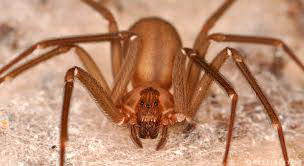
What does a Brown Recluse Look Like?
Brown recluse spiders are not really difficult to identify especially if you got some idea about its features and characteristics. These spiders are native to the United States. While many U.S. spiders have eight eyes usually arranged in a pattern of 2 rows (4 each), brown recluse are typically characterized by their six eyes arranged…
-

Spider Facts for Kids | Creepy Facts
Here we have the best spider facts for kids. Spiders are curious rather creepy creatures not only by their physical appearance but also by their unusual social behavior. Spiders are basically arthropods possessing eight legs and are known to kill their prey by injecting venom. They are one of the most diverse numbers of species—walk…
-

Black Widow Spider Facts For Kids | Deadly Spiders
Black widows are known for their deadly bites as they are highly poisonous arachnids. They are predominantly black with some red spots on its belly. These spiders live in the temperate or warmer regions of the world. One of the most venomous spiders, black widows injects venom that is 15 times stronger than a rattlesnake.…
-
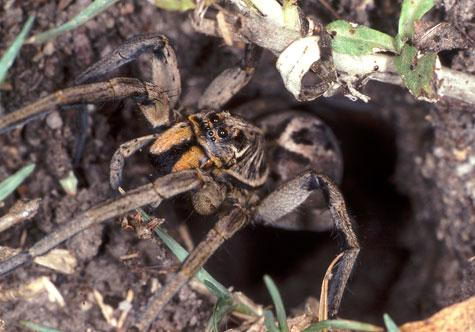
Wolf Spider Facts | Top 20 Facts about Wolf Spiders
Let us enjoy the most amazing wolf spider facts including wolf spider diet, habitat, reproduction, and its hunting behavior. Wolf spider belongs to the family of Lycosidae. These spiders are agile hunters and they tend to camouflage themselves against any threats. Thanks to their fancy patterns and body-color with the help of which wolf spiders…
-
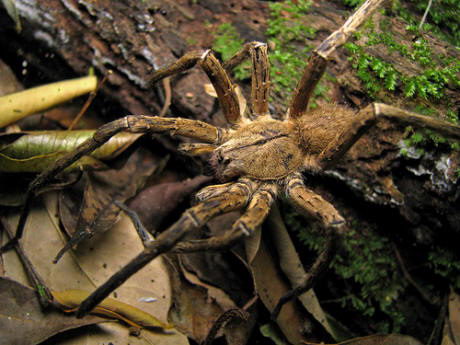
How Long Do Spiders Live without Eating in Captivity
Spiders are believed to have spent 300 million years sharpening their skills as well as staying alive and giving rise to new generations of spiderlings. They have emerged some 100 million years ago, an era predating back-boned animals; they have also evolved much more rapidly. Spiders are classed with arthropods. Almost all the species in…
-
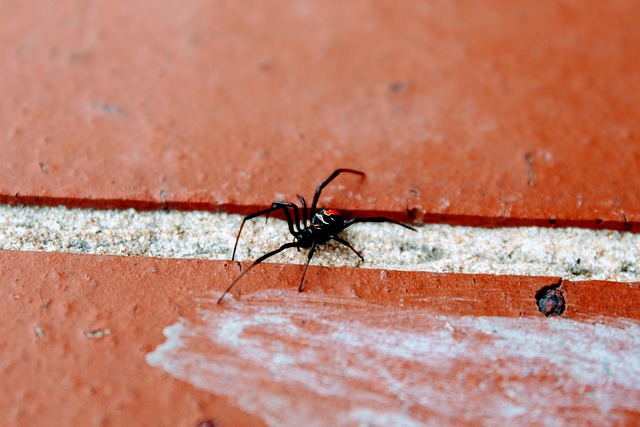
Red back Spider Facts | Red Back Spider Diet & Habitat
I’m bringing you some of the most fantastic red back spider facts such as red back spider habitat, diet, and reproduction. The red back spider (Latrodetus hasseltii) is one of the most dangerous species that inhabits all throughout Australia but more commonly in temperate regions. These spiders belong to the genus Latroodectus. The female spider…
-
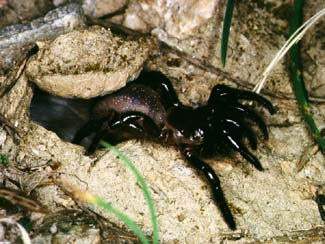
Trapdoor Spider Facts | Trapdoor Spider Habitat & Diet
Here are some of the most useful trapdoor spider facts such as trapdoor diet, habitat, reproduction, and physical characteristics. Trapdoor spider is the medium-sized spiders that belong to the family of Ctenizidae. These spiders are known for constructing burrows that are fairly ajar in order to ambush passing-by insects. The burrows are normally constructed with…
-
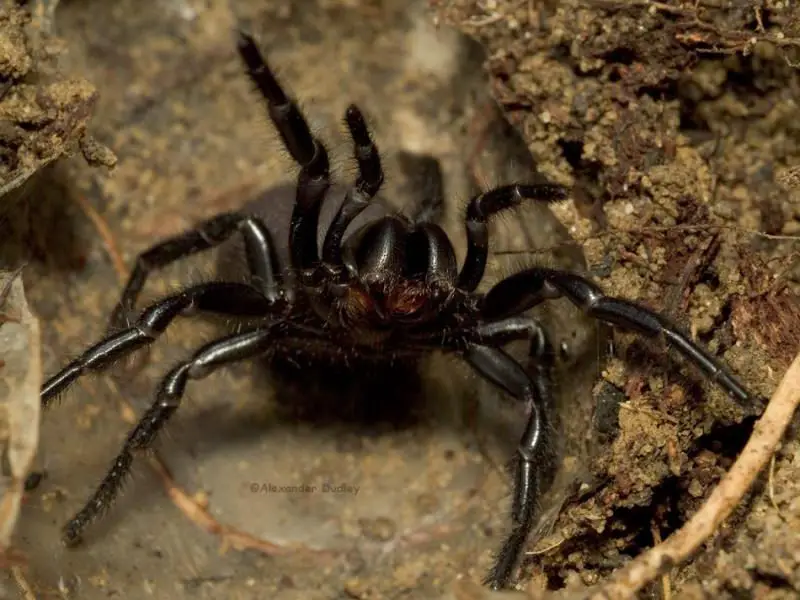
Australian Funnel Web Spider Facts | Sydney Funnel Web Spider Facts
Hey! come and learn some of the most fascinating funnel web spider facts. Australian funnel web spiders belong to the subfamily of Hexathelidae. They are also called Atracinae but it is not the common name. The Atracinae comprises three genera including Illawarra, Hadronyche, and Atrax. They are extremely venomous. In the last 100 years, more…
-
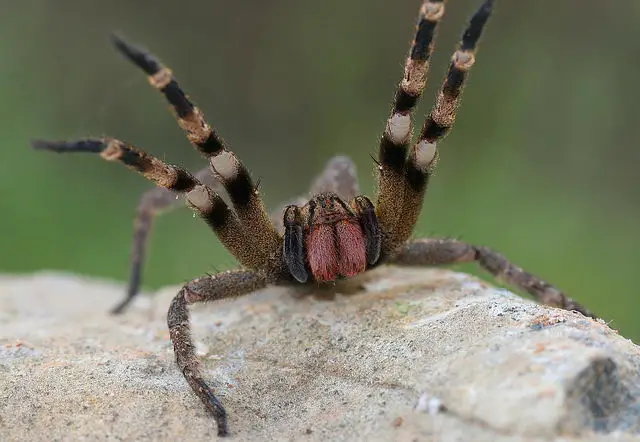
Brazilian Wandering Spider Facts | Deadly Banana Spider Facts
Come and discover with me some of the unknown Brazilian Wandering Spider Facts including the deep insights about its deadly toxicity and foraging behavior. Brazilian wandering spider (Phoneutria) is also called for various names such as armed spiders and banana spiders. These species are extremely venomous spiders that inhabits all throughout the Central and South America.…
-
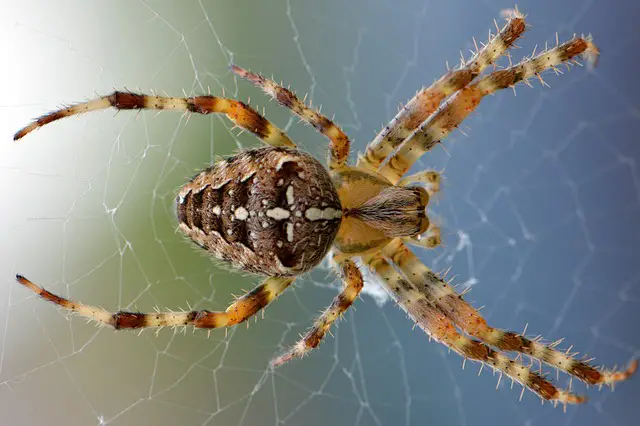
What Do Spiders Eat | What Do House Spiders Eat
Before plunging into the facts as to what do spiders eat let me first briefly explain about this specie. Spiders are the insects that belong to the order of Araneae. They have eight legs and chelicerae coupled with fangs that instill venom. Spiders are air-breathing arthropods with the total number of species counted (in 2008)…
